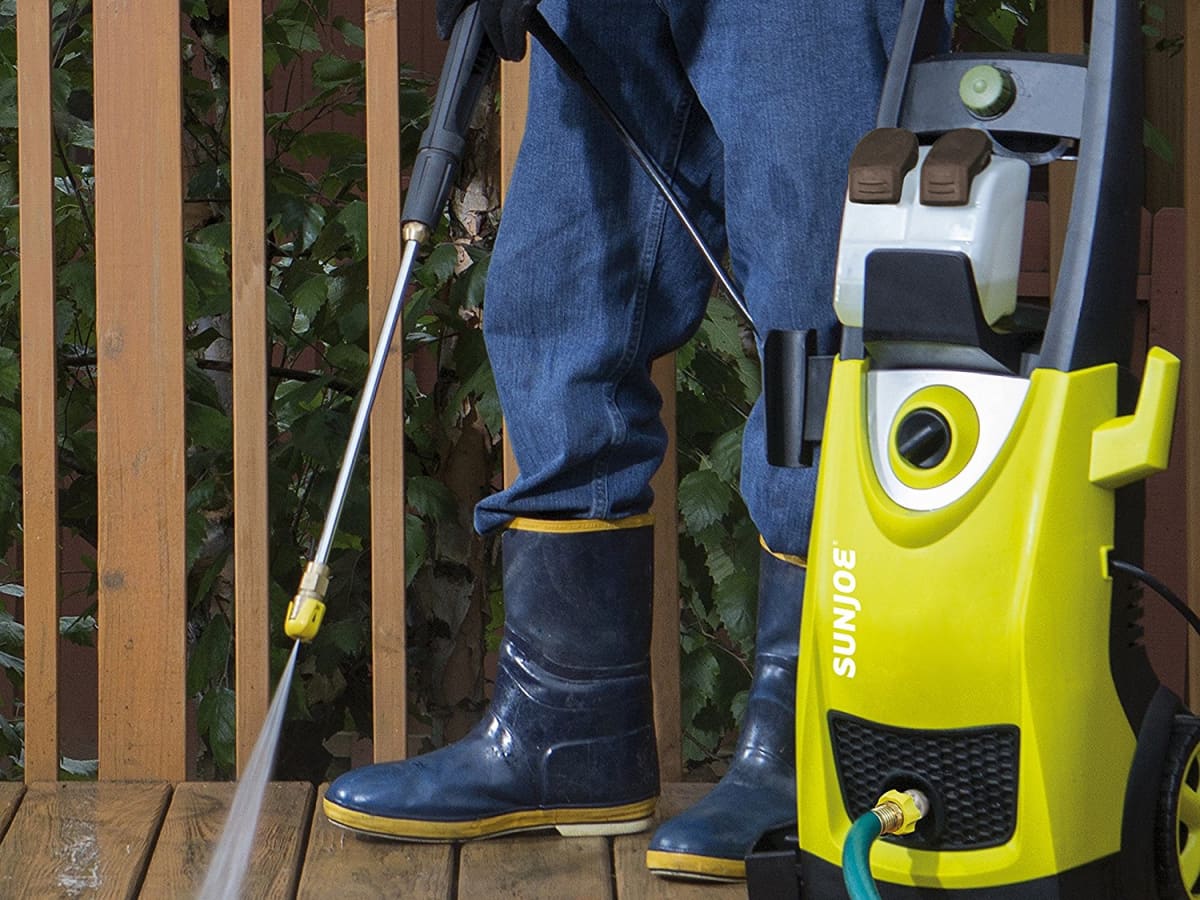

Articles
How To Use Sun Joe Pressure Washer
Modified: September 1, 2024
Learn how to effectively use a Sun Joe pressure washer with our informative articles. Discover helpful tips, techniques, and maintenance advice for optimal cleaning results.
(Many of the links in this article redirect to a specific reviewed product. Your purchase of these products through affiliate links helps to generate commission for Storables.com, at no extra cost. Learn more)
Introduction
Welcome to the world of pressure washing! Sun Joe offers a range of high-quality pressure washers that can help you tackle a variety of cleaning tasks with ease. Whether you want to clean your car, patio, or even the exterior of your house, a Sun Joe pressure washer can make the job faster and more efficient.
In this article, we will guide you through the process of using a Sun Joe pressure washer effectively and safely. We will cover everything from understanding the basic components of the pressure washer to operating it and maintaining it for long-lasting performance.
But before we dive into the details, it’s important to note that pressure washers are powerful tools that require careful handling. Safety should be your top priority when using any pressure washer, including the Sun Joe models. Always follow the manufacturer’s instructions and take necessary precautions to prevent accidents or injuries.
Now, let’s get started and explore the world of Sun Joe pressure washers!
Key Takeaways:
- Prioritize safety by following the user manual, wearing protective gear, and maintaining a safe distance. Regular maintenance ensures optimal performance and longevity of your Sun Joe pressure washer.
- Customize your cleaning experience by choosing the right nozzle, adjusting pressure settings, and following specific guidelines for different cleaning tasks. Experiment with angles and techniques for efficient and effective results.
Safety Precautions
When using a Sun Joe pressure washer, it’s crucial to prioritize safety to avoid accidents and injuries. Here are some important safety precautions to keep in mind:
- Read the User Manual: Before operating the pressure washer, thoroughly read the user manual provided by Sun Joe. Familiarize yourself with the various components, controls, and safety guidelines.
- Protective Gear: Always wear the appropriate protective gear, including safety goggles or glasses, gloves, long-sleeved clothing, and sturdy footwear. This will protect you from potential hazards such as debris, chemicals, and high-pressure water.
- Proper Ventilation: If you are using a gas-powered pressure washer, make sure to operate it in a well-ventilated area. Carbon monoxide emissions from the engine can be dangerous in enclosed or poorly ventilated spaces.
- Secure the Area: Clear the area of any obstacles or tripping hazards before starting the pressure washer. Keep children, pets, and bystanders at a safe distance to prevent them from getting too close to the equipment.
- Electricity Safety: If you are using an electric pressure washer, ensure that the power cord is properly grounded and not damaged. Keep the electrical connections away from water and moisture to prevent electric shock.
- Chemical Handling: If you plan to use cleaning detergents or chemicals with your pressure washer, carefully follow the manufacturer’s instructions. Use only approved chemicals and avoid mixing different solutions, as this can result in harmful reactions.
- Pressure Adjustment: Adjust the pressure of the washer according to the cleaning task at hand. High-pressure settings can cause damage to delicate surfaces, so always start with low pressure and gradually increase as needed.
- Never Aim at People or Pets: Never point the pressure washer nozzle at people, pets, or yourself. The high-pressure water stream can cause serious injuries, including cuts, bruises, and even puncture wounds.
- Cleaning Vertical Surfaces: When cleaning vertical surfaces such as walls or fences, start from the bottom and work your way up. This prevents the cleaning solution from running down onto you and improves overall safety.
- Regular Maintenance: Perform regular maintenance on your Sun Joe pressure washer to ensure its safe and efficient operation. Clean and inspect the equipment before each use and store it properly when not in use.
By following these safety precautions, you can enjoy the benefits of using a Sun Joe pressure washer while minimizing the risk of accidents or injuries. Always prioritize safety and take the necessary steps to protect yourself and those around you.
Understanding the Sun Joe Pressure Washer
Before using a Sun Joe pressure washer, it’s important to have a good understanding of its components and how it operates. Let’s explore the key features and functions of a Sun Joe pressure washer:
1. Pressure Rating: The pressure rating of a pressure washer refers to the force at which water is sprayed from the nozzle. Sun Joe offers a range of pressure ratings, from lower-pressure models suitable for light cleaning tasks to higher-pressure models for heavy-duty cleaning.
2. Water Flow Rate: The water flow rate is the amount of water that the pressure washer can deliver in a given period. It is measured in gallons per minute (GPM) and determines the efficiency of cleaning. Higher flow rates are generally more effective for removing stubborn dirt and grime.
3. Power Source: Sun Joe pressure washers are available in both electric and gas-powered models. Electric models are typically more lightweight and easier to maneuver, while gas-powered models offer greater mobility and power for larger cleaning projects.
4. Nozzle Types: Sun Joe pressure washers come with different types of nozzles that determine the spray pattern and intensity. Common nozzle types include 0-degree (concentrated jet), 15-degree (narrow spray), 25-degree (wide spray), and 40-degree (fan spray). Additionally, some models feature an adjustable nozzle that allows you to change the spray pattern as needed.
5. Trigger Gun and Wand: The trigger gun is the handheld device that controls the flow of water from the pressure washer. It is connected to a wand which is used to direct the water at the desired surface. The trigger gun may include additional features like adjustable pressure settings or detergent application options.
6. Detergent Tank: Many Sun Joe pressure washers come equipped with a detergent tank for convenient application of cleaning solutions. The detergent tank is filled with a suitable detergent or cleaning solution, and the pressure washer mixes it with water for effective cleaning.
7. Hose and Hose Reel: The pressure washer is connected to a hose that delivers water from the water source to the unit. Some Sun Joe models include a hose reel, which allows for easy storage and prevents tangling of the hose when not in use.
8. Accessories: Sun Joe offers various accessories to enhance the functionality of their pressure washers. These may include surface cleaners, brush attachments, extension wands, and foam cannons, among others.
By understanding these key components and functions of a Sun Joe pressure washer, you’ll be better equipped to use it effectively and get the desired results from your cleaning tasks.
Preparing the Pressure Washer
Proper preparation of your Sun Joe pressure washer is essential for optimal performance. Follow these steps to ensure your pressure washer is ready for use:
- Inspect the Equipment: Before each use, inspect your pressure washer for any signs of damage or wear. Check the hoses, connections, and nozzles for any leaks, cracks, or blockages. Ensure that all parts are in good working condition.
- Assemble the Pressure Washer: If your pressure washer requires assembly, carefully follow the instructions provided by Sun Joe. Ensure that all components are securely attached and properly aligned. Refer to the user manual for specific guidance on assembly.
- Water Source: Locate a suitable water source for your pressure washer. It should have a sufficient supply of water and be easily accessible. The water source should have a garden hose connection that matches the inlet size of your pressure washer.
- Check Water Filters: Some pressure washers feature water filters to prevent debris from entering the system and causing clogs. Check and clean the water filters if necessary before connecting the water supply to avoid any potential blockages or damage to the pressure washer pump.
- Ensure Proper Grounding: If you are using an electric pressure washer, ensure that it is properly grounded to prevent electrical hazards. Connect the pressure washer to a grounded outlet using a three-pronged extension cord if needed.
- Positioning the Pressure Washer: Place the pressure washer on a flat and stable surface. Make sure it is positioned in a way that allows for easy access to the controls, hose connections, and power source. Keep the unit a safe distance away from any flammable materials or substances.
- Check Fuel and Oil Levels (for Gas-Powered Models): If you are using a gas-powered pressure washer, ensure that there is enough fuel in the tank. Check the oil level and top it up if necessary, following the manufacturer’s instructions. Use the recommended type and grade of oil for your specific model.
- Prepare Cleaning Solutions (if applicable): If you plan to use cleaning solutions or detergents with your pressure washer, follow the manufacturer’s instructions for preparing the solution. Some pressure washers have a built-in detergent tank, while others require a separate container or attachment.
- Secure and Organize Accessories: Gather any accessories or attachments you plan to use with your pressure washer, such as nozzles, brushes, or extension wands. Ensure that they are securely attached and organized for quick access during the cleaning process.
By properly preparing your Sun Joe pressure washer, you can ensure smooth and efficient operation, as well as extend the lifespan of the equipment. Take the time to inspect, assemble, and organize everything before use to maximize your cleaning results.
Connecting and Priming the Water Supply
Now that your Sun Joe pressure washer is properly prepared, it’s time to connect and prime the water supply. Follow these steps to ensure a smooth setup:
- Locate the Water Inlet: Identify the water inlet on your pressure washer. It is usually marked with an icon or label indicating the water source connection point. Remove any protective cap or plug from the inlet.
- Connect the Garden Hose: Attach one end of the garden hose to the water inlet of the pressure washer. Ensure a secure connection by twisting the hose clockwise until it is tightly fastened.
- Check Hose for Kinks: Look for any kinks or twists in the hose that may restrict water flow. Straighten out the hose to ensure a smooth and uninterrupted water supply. This will optimize the performance of your pressure washer.
- Turn on the Water Source: Open the water source valve or faucet fully to allow water to flow into the pressure washer. This will provide a consistent supply of water for the operation of the pressure washer.
- Purge Air from the System: Before starting the pressure washer, it’s important to purge any air from the system. To do this, squeeze the trigger of the pressure washer gun until a steady stream of water comes out of the nozzle. This will help prevent any damage to the pump due to air pockets.
- Inspect for Leaks: While purging the air, inspect the connections and hoses for any signs of leaks. If you notice any leaks, tighten the connections or replace any damaged parts before proceeding. A leak-free system ensures efficient and effective operation.
- Priming the Pump (for Gas-Powered Models): If you are using a gas-powered pressure washer, it may require priming the pump. Refer to the manufacturer’s instructions for the specific priming procedure. This typically involves turning the fuel valve to the “on” position and using the primer bulb to fill the pump with fuel.
- Ensure Proper Water Compatibility: Check if the water source is compatible with the pressure washer’s requirements. Hard water or water with high mineral content may cause scaling or clogging issues in the pump. If needed, consider using a water softener or a filter to improve water quality.
- Secure Hose Connections: Double-check that all hose connections are securely fastened and tightened. Loose connections may cause leaks or loss of pressure, affecting the performance of your pressure washer.
By properly connecting and priming the water supply for your Sun Joe pressure washer, you can ensure a steady flow of water and optimal performance. Take the time to inspect, connect, and purge the system before starting the pressure washer to avoid any issues during operation.
Attaching and Adjusting the Nozzle
The nozzle of your Sun Joe pressure washer plays a crucial role in determining the spray pattern and intensity of the water. Here’s how to correctly attach and adjust the nozzle for your cleaning needs:
- Choose the Right Nozzle: Select the appropriate nozzle for the cleaning task at hand. Sun Joe pressure washers typically come with a variety of nozzle options, including 0-degree (concentrated jet), 15-degree (narrow spray), 25-degree (wide spray), and 40-degree (fan spray). Additionally, some models feature an adjustable nozzle that allows you to change the spray pattern as needed.
- Disconnect the Pressure Washer Gun: Before attaching or adjusting the nozzle, ensure that the pressure washer gun trigger is released and the unit is turned off. This will prevent any accidental spraying or discharge of water.
- Attach the Nozzle: Gently insert the nozzle into the end of the pressure washer gun. Twist it clockwise until it is securely fitted into place. Ensure it is tightly attached to prevent any leakage during operation.
- Adjust the Spray Pattern: If your pressure washer has an adjustable nozzle, you can change the spray pattern by rotating the nozzle head. Typically, you can swivel it in either direction to adjust from a narrow concentrated spray to a wider fan spray.
- Test the Spray Pattern: Before starting your cleaning task, it’s a good idea to test the spray pattern in a safe and clear area. Point the nozzle away from yourself and any objects, then squeeze the trigger to release water. Observe the spray pattern to ensure it is as desired.
- Gradually Increase Pressure: If you need to increase the pressure of the water, do so gradually. Start with a lower pressure setting and slowly increase it as needed. This will help prevent any potential damage to delicate surfaces.
- Swap Nozzles for Different Tasks: Depending on your cleaning needs, you may need to interchange nozzles for different tasks. If you need to switch to a different nozzle, turn off the pressure washer, release the trigger, and follow the same steps to detach and attach the new nozzle.
- Maintain a Safe Distance: Always maintain a safe distance between the nozzle and the surface you are cleaning. The high-pressure water stream can cause damage or injury if used too closely. Follow the manufacturer’s recommendations for the appropriate distance for each cleaning task.
- Store Nozzles Properly: When not in use, store your nozzles in a safe and dry place. This will help prevent damage and maintain their performance for future use. Consider using a designated nozzle holder or compartment to keep them organized.
By correctly attaching and adjusting the nozzle of your Sun Joe pressure washer, you can customize the spray pattern and intensity to suit your specific cleaning needs. Always follow the manufacturer’s instructions and guidelines for optimal nozzle usage.
When using a Sun Joe pressure washer, always start with the lowest pressure setting and test on a small area to avoid damaging surfaces. Gradually increase pressure as needed.
Operating the Sun Joe Pressure Washer
Now that your Sun Joe pressure washer is properly prepared and the nozzle is attached, it’s time to learn how to operate it effectively. Follow these steps to use your pressure washer:
- Position the Pressure Washer: Place the pressure washer in a stable and secure position. Ensure that it is on a level surface and positioned in a way that allows easy access to the controls and the area you need to clean.
- Turn on the Pressure Washer: Locate the power switch or button on your pressure washer. Turn it on to start the machine. Some models may require pulling on the recoil starter handle for gas-powered units.
- Warm Up the Pressure Washer (for Gas-Powered Models): If you are using a gas-powered pressure washer, allow it to warm up for a few minutes before starting the cleaning process. This allows the engine to reach its optimal operating temperature.
- Hold the Pressure Washer Gun: Hold the pressure washer gun firmly and position it at a safe distance from the surface you are cleaning. Make sure your grip is secure and that your hand is positioned comfortably on the handle.
- Engage the Trigger Lock: Some pressure washer guns have a trigger lock feature. Engage the trigger lock to keep the trigger pulled without continuously applying pressure. This can help reduce hand fatigue during longer cleaning sessions.
- Squeeze the Trigger: With the pressure washer gun pointed away from you and any objects, squeeze the trigger to release a steady stream of water. Start with a low-pressure setting and gradually increase the pressure as needed.
- Maintain a Consistent Motion: As you clean, maintain a consistent and controlled motion. Move the pressure washer gun in a back-and-forth or up-and-down motion, depending on the surface you are cleaning. Avoid staying in one spot for too long, as this can potentially damage the surface.
- Clean in Sections: Divide larger areas into smaller sections and clean them one at a time. This allows for a more thorough and systematic cleaning process. Start at one section and work your way to the next until the entire area is cleaned.
- Apply Detergent (if applicable): If you are using a detergent or cleaning solution, follow the manufacturer’s instructions on how to apply it. Some pressure washers have a detergent tank, while others require the use of an attachment or separate container. Apply the detergent evenly, allowing it to sit for a few minutes before rinsing.
- Rinse the Surface: After applying detergent or completing the cleaning process, rinse the surface thoroughly with clean water. Move the pressure washer gun in the same manner as before, ensuring all detergent residue is removed.
- Turn off the Pressure Washer: Once you have finished using the pressure washer, turn off the power switch or button. For gas-powered models, allow the engine to cool down before shutting it off. Release the trigger and engage the trigger lock before storing the pressure washer.
Remember to always follow the manufacturer’s instructions and guidelines when operating your Sun Joe pressure washer. Regularly maintain and clean the equipment to ensure its longevity and optimal performance. With proper operation, you can achieve impressive cleaning results with your Sun Joe pressure washer.
Tips for Effective Pressure Washing
To get the most out of your Sun Joe pressure washer and achieve optimal cleaning results, consider the following tips:
- Start with a Plan: Before you begin pressure washing, assess the area you need to clean and develop a plan. Divide larger areas into sections and prioritize your cleaning tasks.
- Prep the Area: Clear the area of any loose debris or obstacles that may interfere with the cleaning process. Move or cover delicate objects, plants, or furniture to protect them from the high-pressure water.
- Use the Right Nozzle: Select the appropriate nozzle for the task at hand. Use narrower spray patterns for more stubborn stains or concentrated cleaning, and wider spray patterns for larger surface areas.
- Maintain a Safe Distance: Keep a safe distance between the pressure washer nozzle and the surface you are cleaning. This helps prevent damage to the surface and allows for effective cleaning without causing harm.
- Experiment with Angles: Adjust the angle at which you hold the pressure washer gun to find the most effective cleaning position. Experiment with different angles to remove dirt and grime more efficiently.
- Work from Top to Bottom: When cleaning vertical surfaces such as walls or fences, start from the top and work your way down. This allows the cleaning solution to flow downwards and avoids streaking or uneven cleaning.
- Overlap Strokes: To ensure thorough and consistent cleaning, overlap your strokes as you move the pressure washer gun across the surface. This helps avoid missed spots and produces even results.
- Be Mindful of Delicate Surfaces: Use caution when pressure washing delicate surfaces such as painted surfaces, wood, or sensitive materials. Reduce the pressure and increase the distance to avoid damaging or stripping away the finish.
- Move with the Wind: If you are cleaning on a windy day, try to position yourself and the pressure washer in a way that allows the wind to carry the overspray away from you. This helps prevent any water or debris from blowing back onto you.
- Rinse Thoroughly: After applying cleaning solutions or detergents, rinse the surface thoroughly to remove any residue. This ensures a clean and streak-free finish.
- Regular Maintenance: Properly maintain your Sun Joe pressure washer by cleaning and inspecting it regularly. Follow the manufacturer’s guidelines for maintenance tasks such as changing oil, cleaning filters, and storing the equipment correctly.
By following these tips, you can make the most of your Sun Joe pressure washer and achieve efficient and effective cleaning results. Remember to always prioritize safety, carefully follow instructions, and adjust your technique based on the specific cleaning task at hand.
Cleaning and Maintenance
To ensure your Sun Joe pressure washer continues to operate at its best, regular cleaning and maintenance are essential. Here are some key tasks to keep your pressure washer in top shape:
- Clean the Nozzles and Filters: Regularly inspect and clean the nozzles and filters of your pressure washer. Remove any debris or blockages that may hinder water flow and compromise the performance of the equipment.
- Flush the System: After each use, flush the pressure washer system with clean water. This helps remove any remaining detergent or cleaning solution, preventing clogs and buildup that can affect the functionality of the equipment.
- Inspect Hoses and Connections: Check the hoses and connections for any signs of wear, leaks, or damage. Replace any damaged parts to prevent water leakage and ensure proper functioning.
- Clean the Exterior: Wipe down the exterior of the pressure washer regularly to remove dirt, dust, and any other debris that may accumulate. Use a clean cloth or sponge and mild soap or detergent, if needed, to keep the unit looking clean and well-maintained.
- Store Properly: When not in use, store your pressure washer in a clean and dry area. Protect it from extreme temperatures, moisture, and direct sunlight. Ensure the power cord and hoses are properly coiled to avoid tangling.
- Inspect and Replace O-Rings: O-rings are small rubber seals that help prevent water leakage at hose connections and fittings. Regularly inspect these seals and replace them if they show signs of wear or damage.
- Drain Fuel (for Gas-Powered Models): If you have a gas-powered pressure washer, drain the fuel from the tank before long-term storage or when not in use for an extended period. Follow the manufacturer’s instructions for proper fuel drainage.
- Check Oil Level (for Gas-Powered Models): Gas-powered pressure washers also require regular oil checks and changes. Monitor the oil level and quality according to the manufacturer’s recommendations and refill or change the oil as needed.
- Follow Manufacturer’s Maintenance Schedule: Consult the user manual for your specific model and follow the manufacturer’s recommended maintenance schedule. This may include tasks such as changing spark plugs, inspecting belts, or lubricating moving parts.
- Professional Servicing: If you encounter any significant issues or are unsure about performing maintenance tasks yourself, consult a professional for servicing and repairs. They have the expertise to handle more complex maintenance tasks and ensure your pressure washer remains in optimal condition.
Regular cleaning and maintenance not only prolong the lifespan of your Sun Joe pressure washer but also help maintain its efficiency and performance. By following these maintenance practices, you can ensure that your pressure washer is always ready for the next cleaning task.
Troubleshooting Common Issues
While Sun Joe pressure washers are reliable and efficient, sometimes you may encounter common issues that can be easily resolved. Here are some troubleshooting tips for common problems:
- No/Weak Water Pressure: If you experience no or weak water pressure, check the water supply to ensure it is fully turned on and providing adequate flow. Inspect the hoses for any kinks or blockages, and make sure the filters are clean. Adjust the nozzle to a higher pressure setting if necessary.
- Leaking Water: Water leaks can occur due to loose connections, damaged hose seals, or worn-out O-rings. Tighten all connections and inspect the hoses and seals for any signs of damage. Replace any faulty components to prevent further leakage.
- Motor Not Starting: If the motor of your electric pressure washer does not start, ensure that it is properly plugged into a grounded outlet. Check the power switch or button to ensure it is turned on. For gas-powered models, ensure that the fuel tank has enough fuel and that the ignition switch is in the correct position.
- Engine Stalling (for Gas-Powered Models): If the engine stalls or shuts off during operation, check the fuel level and ensure it is sufficient. Inspect the spark plug and clean or replace it if necessary. Check the oil level and ensure it is at the recommended level.
- Poor or Inconsistent Spray Pattern: If you notice an irregular spray pattern or poor pressure, check for nozzle blockages or debris. Remove the nozzle and clean it thoroughly. Inspect the hoses and filters for any obstructions or clogs. Adjust the nozzle to a higher pressure setting if needed.
- Pump Surging or Vibrating: If the pump of your pressure washer surges or vibrates excessively, check for air pockets in the system. Purge the air from the pump by squeezing the trigger gun until a steady stream of water is released. Ensure the water supply is consistent and the filter or intake valve is not blocked.
- Unusual Noises: If you hear uncommon or unusual noises while operating your pressure washer, stop the machine immediately and inspect for any loose parts or debris. Check for any signs of damage or wear on the motor, pump, or other components. If the issue persists, consult a professional for further inspection and repairs.
- Lack of Detergent Flow: If you are experiencing issues with the detergent flow, ensure that the detergent tank is filled with the correct cleaning solution and that the detergent feed hose is properly connected. Check for any clogs or blockages in the detergent lines or nozzles. Adjust the detergent application settings if needed.
- Electrical Issues: If you encounter electrical issues such as tripped circuit breakers or power interruptions, check the power cord for any damage and ensure it is securely plugged into a grounded outlet. Consider using a dedicated circuit for your pressure washer to avoid overloading the electrical system.
- Excessive Heat: If your pressure washer becomes excessively hot during use, shut it off and allow it to cool down. Check for any clogs in the ventilation openings or debris in the cooling fins. Ensure the pressure washer is not operating in an enclosed or poorly ventilated area.
If you encounter any persistent issues with your Sun Joe pressure washer that cannot be resolved with troubleshooting, consider reaching out to the manufacturer’s customer support or consulting a professional for further assistance and repairs.
Frequently Asked Questions
Here are some frequently asked questions about using Sun Joe pressure washers:
- Q: Can I use hot water with my Sun Joe pressure washer?
A: No, Sun Joe pressure washers are designed to be used with cold water only. Using hot water can damage the pump and other components of the pressure washer. - Q: Can I use my pressure washer to clean my car?
A: Yes, Sun Joe pressure washers are great for cleaning cars. However, it’s important to use the appropriate nozzle and pressure settings to avoid damaging the vehicle’s paint or accessories. Start with a wider spray pattern and low pressure, then gradually increase if needed. - Q: How often should I change the oil in my gas-powered pressure washer?
A: The frequency of oil changes depends on the specific model and usage. It’s recommended to refer to the manufacturer’s instructions for your Sun Joe pressure washer. Generally, oil changes are recommended every 50 hours of operation or at the start of each season. - Q: Can I use bleach or other chemicals with my pressure washer?
A: Sun Joe pressure washers are compatible with certain cleaning solutions and detergents. However, it’s important to use only approved chemicals and follow the manufacturer’s instructions. Avoid using bleach or other corrosive chemicals that may damage the pressure washer or surrounding surfaces. - Q: How far away should I hold the pressure washer nozzle from the surface?
A: The distance will vary depending on the cleaning task and pressure washer model. Generally, it’s recommended to start with a distance of around 12 to 18 inches from the surface and adjust as needed. Refer to the manufacturer’s guidelines for the recommended distance for your specific model. - Q: Can I use my pressure washer to clean my deck or patio?
A: Yes, Sun Joe pressure washers are effective for cleaning decks and patios. However, be cautious when using high pressure on wood surfaces, as it can cause damage. Start with a wider spray pattern and lower pressure, and test on a small, inconspicuous area before proceeding. - Q: Can I run my electric pressure washer using an extension cord?
A: Yes, you can use an extension cord with your electric pressure washer, but it’s important to use a heavy-duty extension cord that’s rated for outdoor use and has the appropriate amperage and length. Using an inadequate extension cord may cause power loss or damage to the motor. - Q: How do I store my pressure washer during the winter?
A: Before storing your pressure washer for the winter, properly clean and dry all components. Remove any water from the pump and hoses to prevent freezing and damage. Store the pressure washer in a dry and protected area, away from extreme temperatures and moisture. - Q: What should I do if my pressure washer is not producing enough pressure?
A: If your pressure washer is not producing enough pressure, check for any clogs or blockages in the nozzle, hoses, or filters. Ensure the water supply is sufficient and the connections are secure. Adjust the pressure settings on the pressure washer if applicable. - Q: Can I use my pressure washer on delicate surfaces like glass or painted walls?
A: You should use caution when using a pressure washer on delicate surfaces. Lower the pressure and use a wide spray pattern. It’s always recommended to test on a small, inconspicuous area first to ensure there is no damage or discoloration.
If you have any further questions or concerns about your Sun Joe pressure washer, refer to the user manual or contact the manufacturer’s customer support for assistance.
Conclusion
Congratulations! You are now equipped with the knowledge and understanding to effectively and safely use your Sun Joe pressure washer. By following the steps outlined in this guide, you can achieve efficient and thorough cleaning results for a variety of tasks.
Remember to always prioritize safety by following the manufacturer’s instructions and wearing appropriate protective gear. Regularly inspect and maintain your pressure washer to ensure its longevity and optimal performance.
Whether you’re cleaning your car, patio, or tackling other outdoor cleaning projects, your Sun Joe pressure washer is a powerful tool that can make your tasks easier and more efficient. With proper usage, you can restore the beauty and cleanliness of various surfaces without the need for expensive professional services.
Keep in mind the tips and tricks provided to enhance your pressure washing experience. From selecting the right nozzle to adjusting the pressure and maintaining a safe distance, these techniques will help you achieve the best results without causing damage to delicate surfaces.
Lastly, if you encounter any issues or have further questions, consult the manufacturer’s user manual or reach out to their customer support for assistance. They are the best resource for specific information about your Sun Joe pressure washer.
Now, go ahead and enjoy the benefits of a sparkling clean home, car, or outdoor living space with your Sun Joe pressure washer. Happy cleaning!
Ready to tackle more around your home? If you enjoyed learning about your Sun Joe pressure washer, you'll find our guide on pressure washing invaluable for keeping your siding spotless. For those keen on keeping their space in top shape, our tips on home maintenance are a must-read. And if you're itching to start crafting and fixing up things yourself, don't miss out on our practical advice for DIY home projects. Each article is packed with useful insights to help you enhance your home's charm and functionality effortlessly.
Frequently Asked Questions about How To Use Sun Joe Pressure Washer
Was this page helpful?
At Storables.com, we guarantee accurate and reliable information. Our content, validated by Expert Board Contributors, is crafted following stringent Editorial Policies. We're committed to providing you with well-researched, expert-backed insights for all your informational needs.
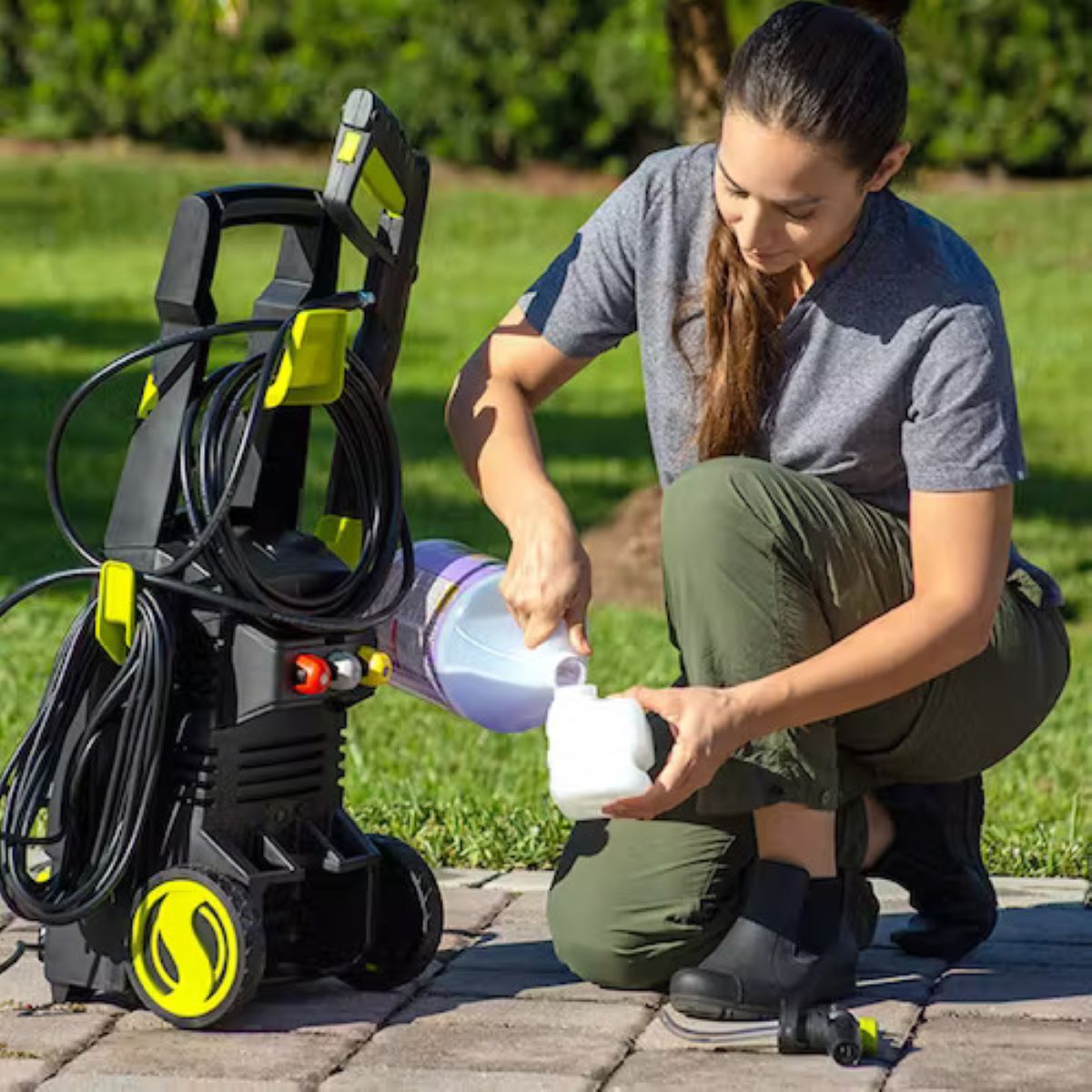
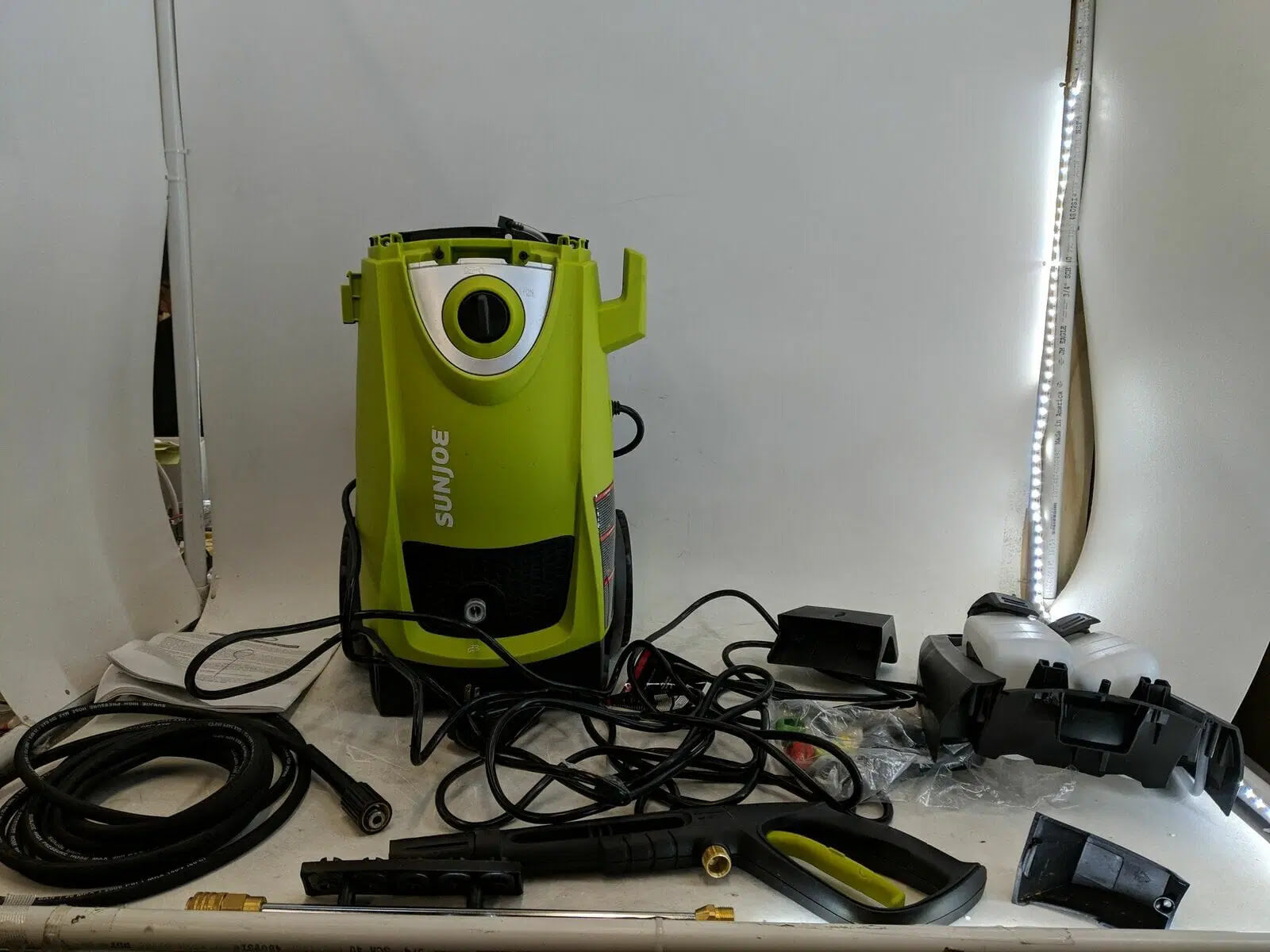
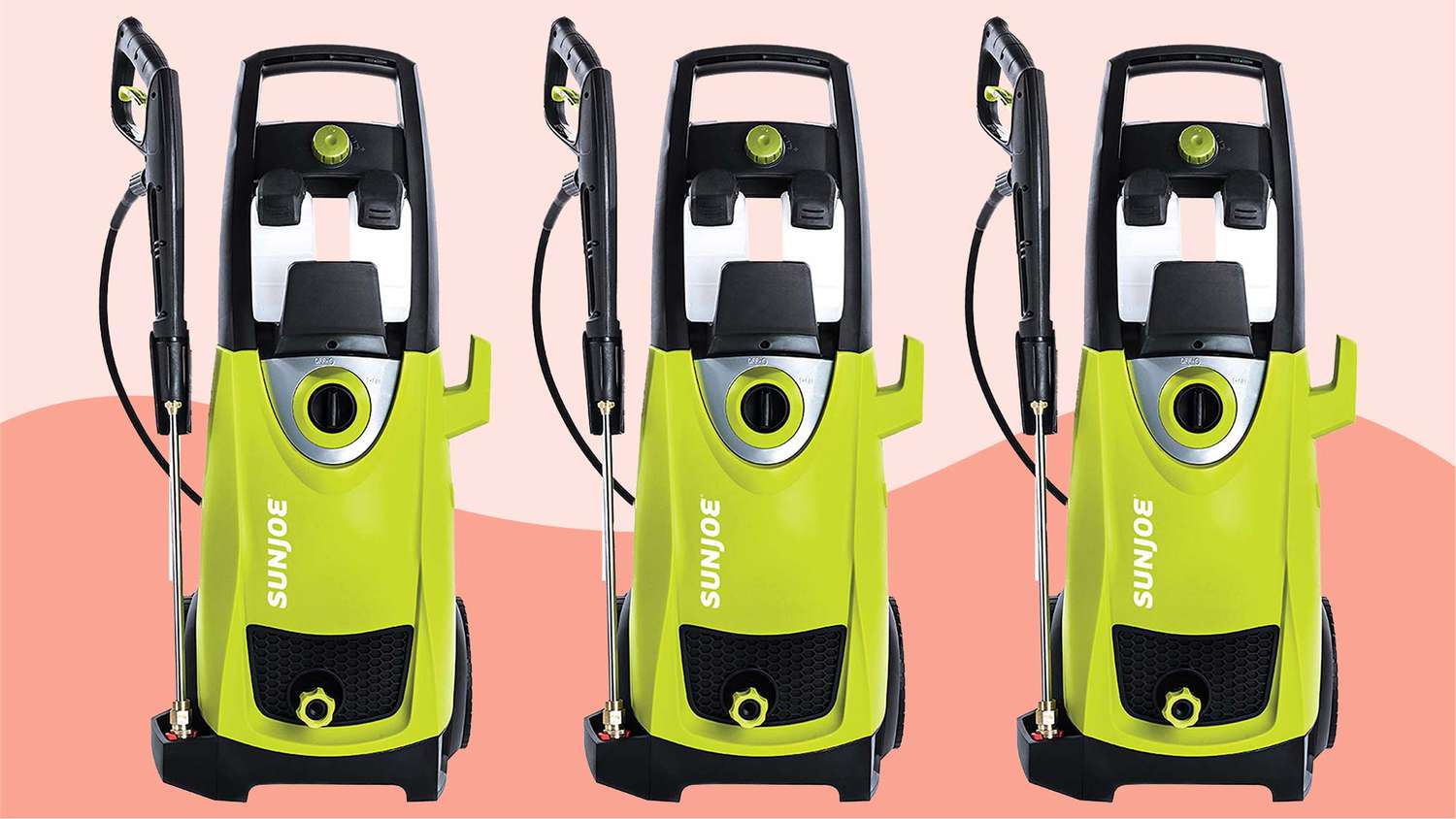
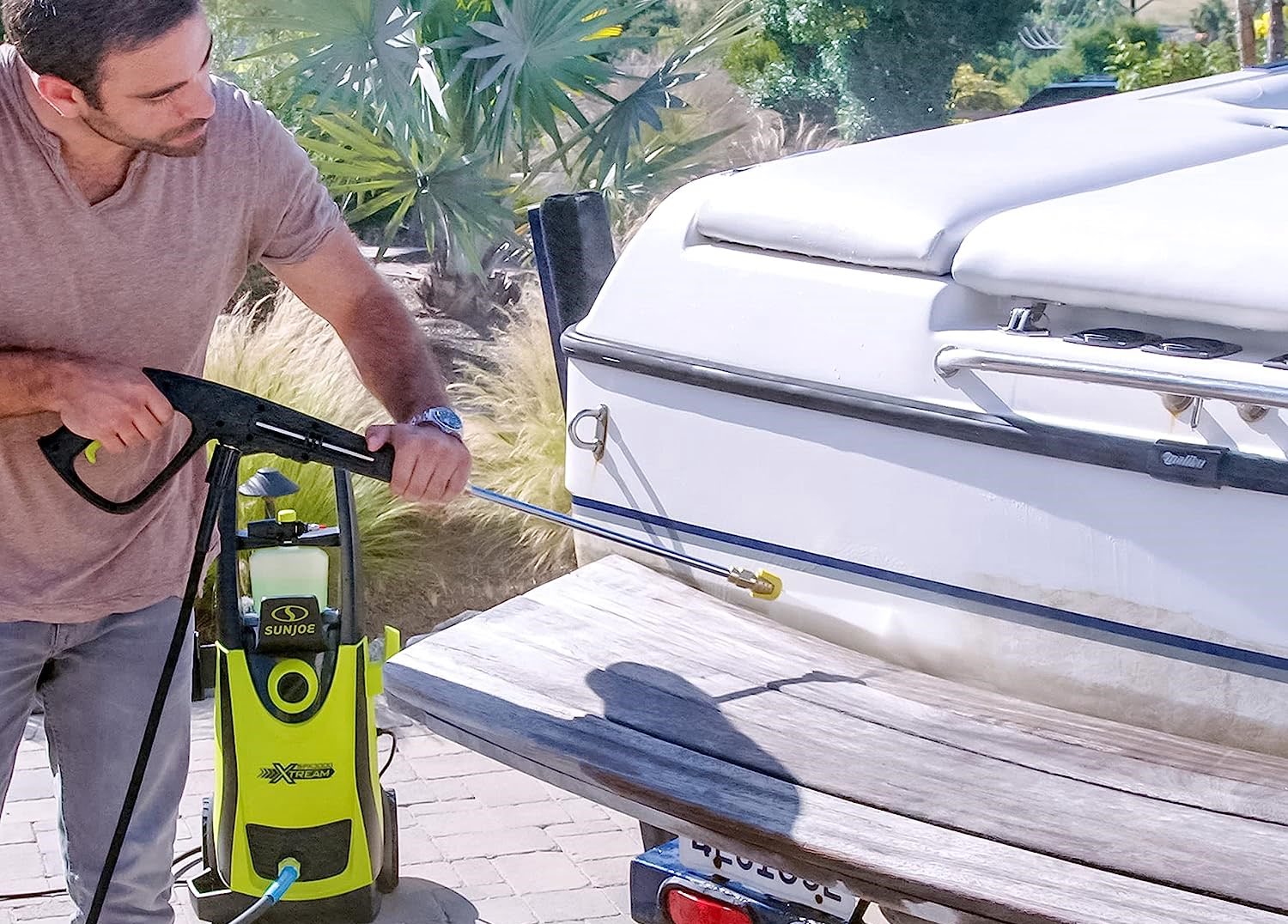
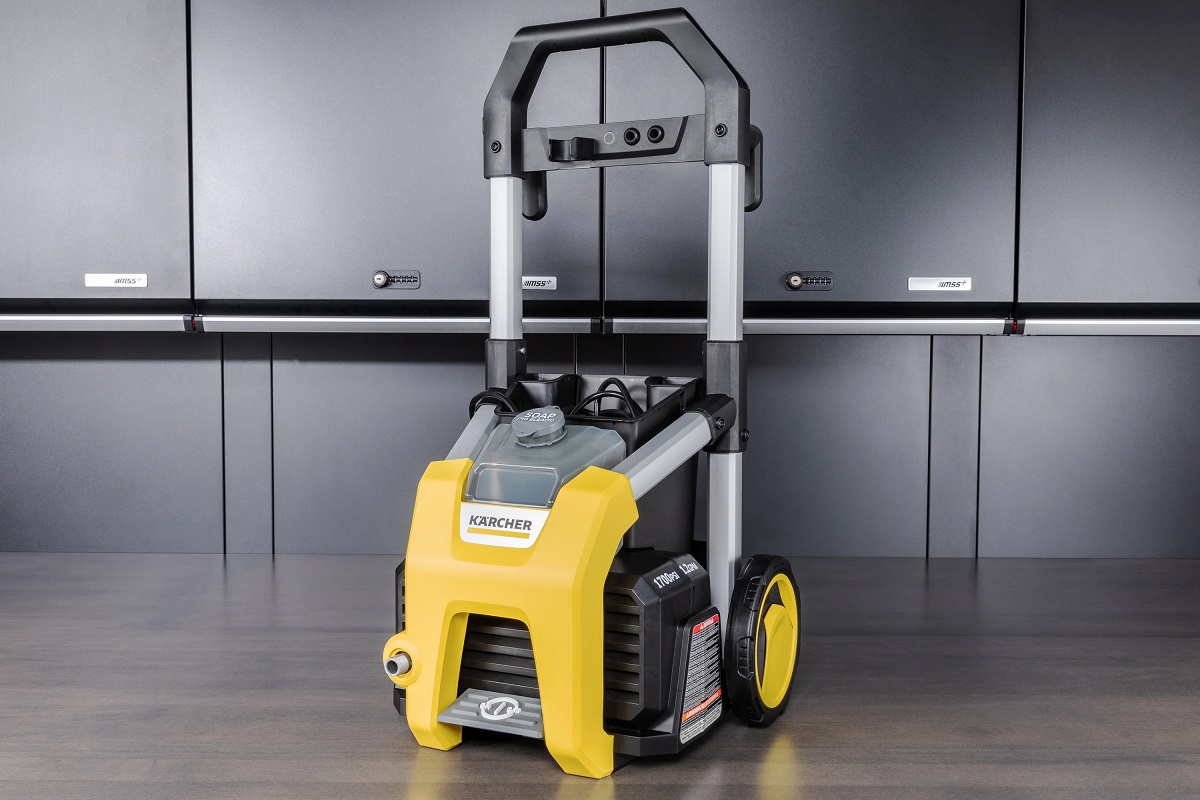
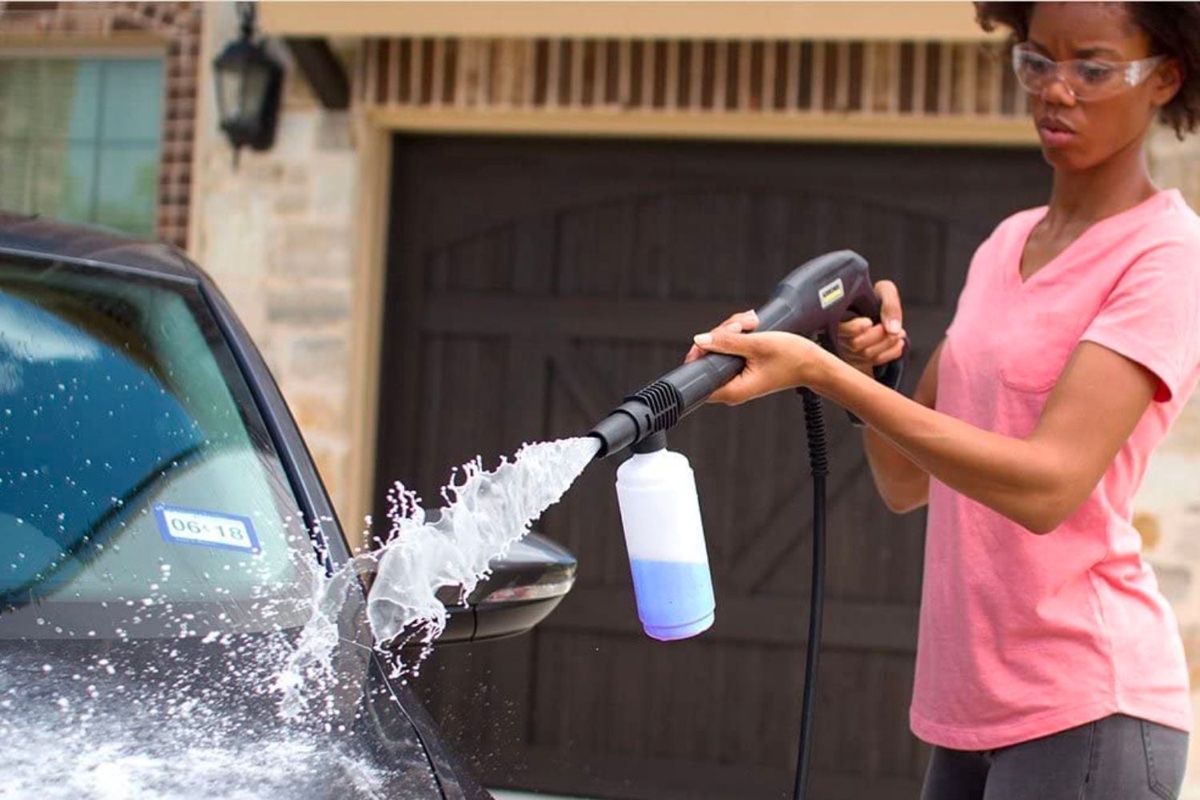
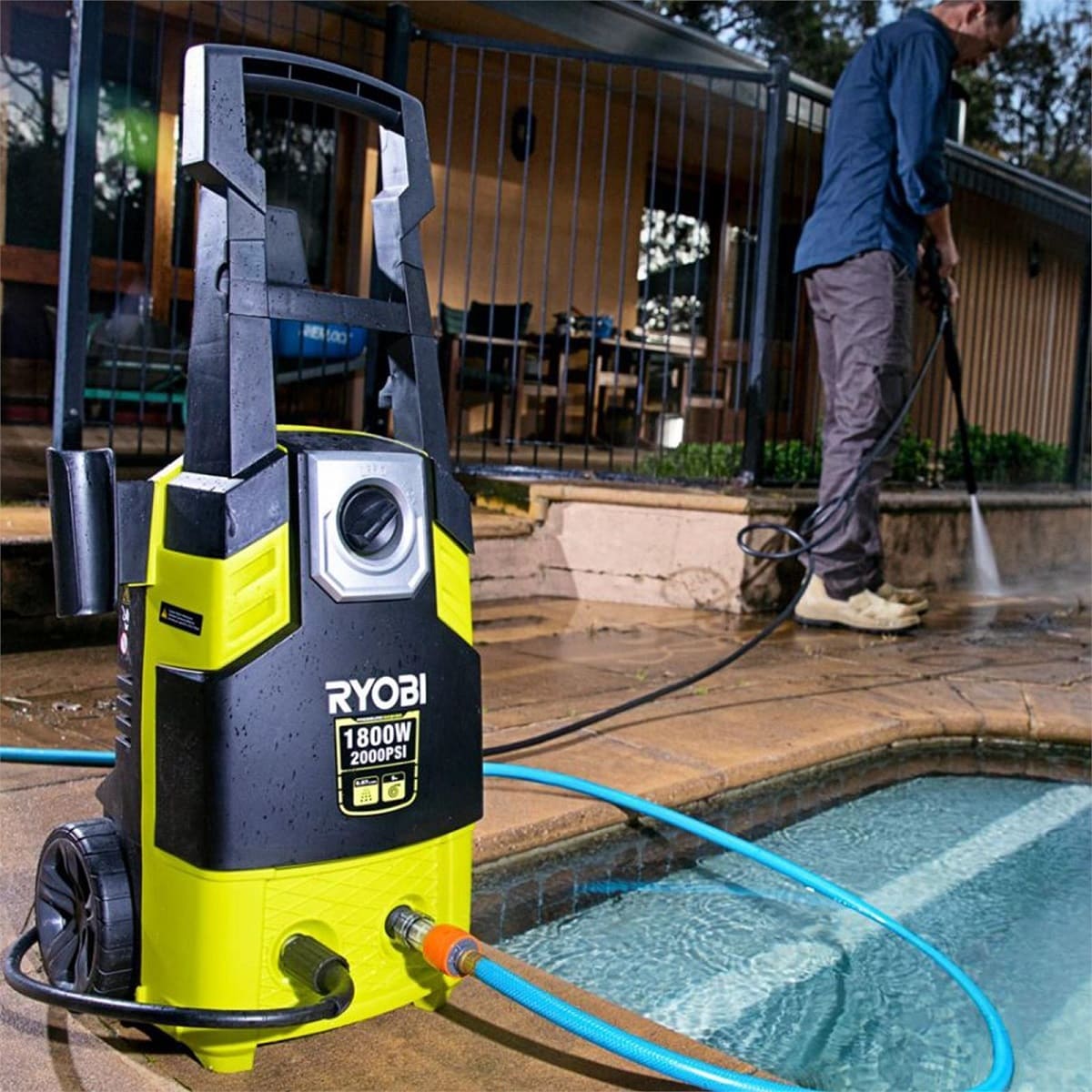
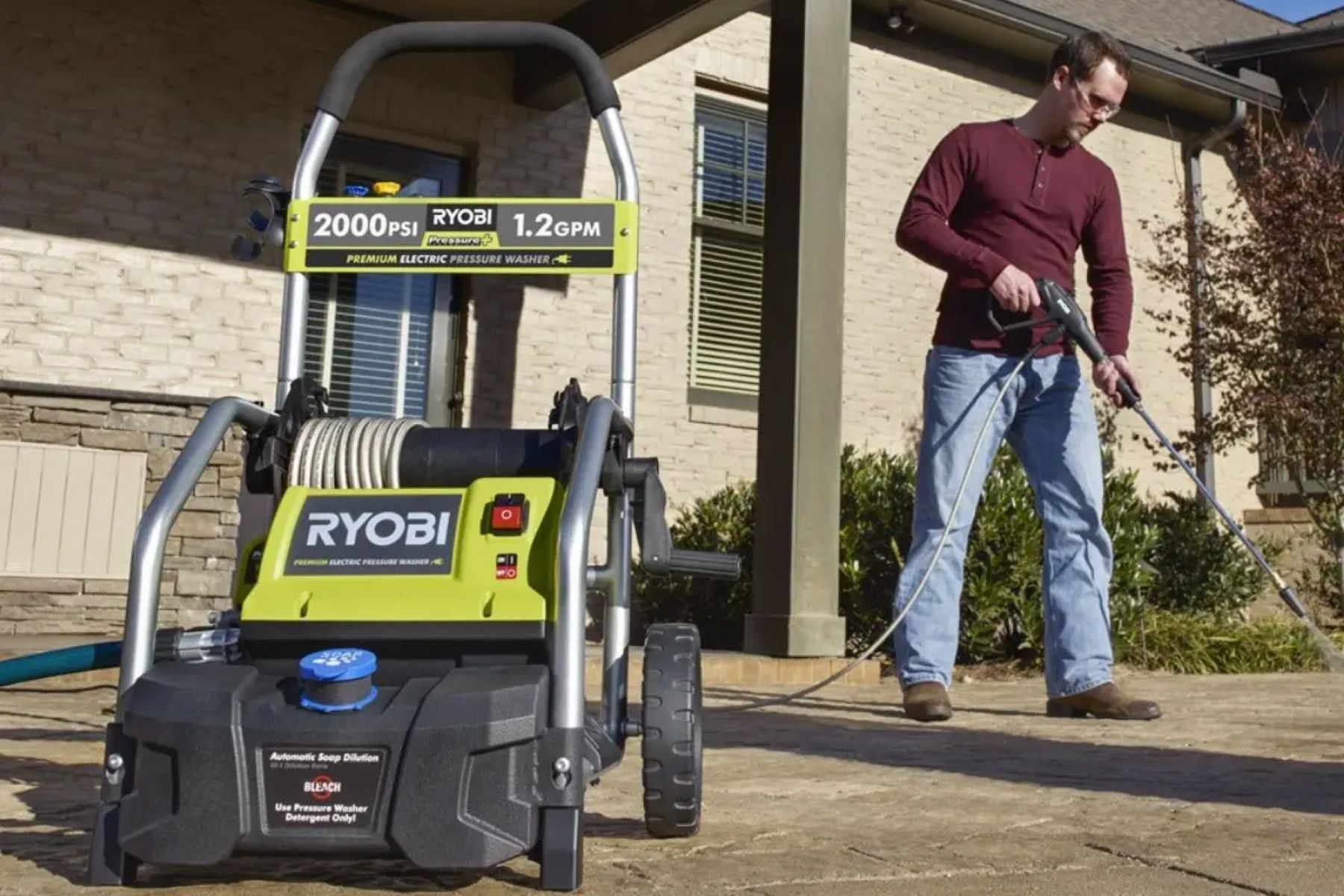


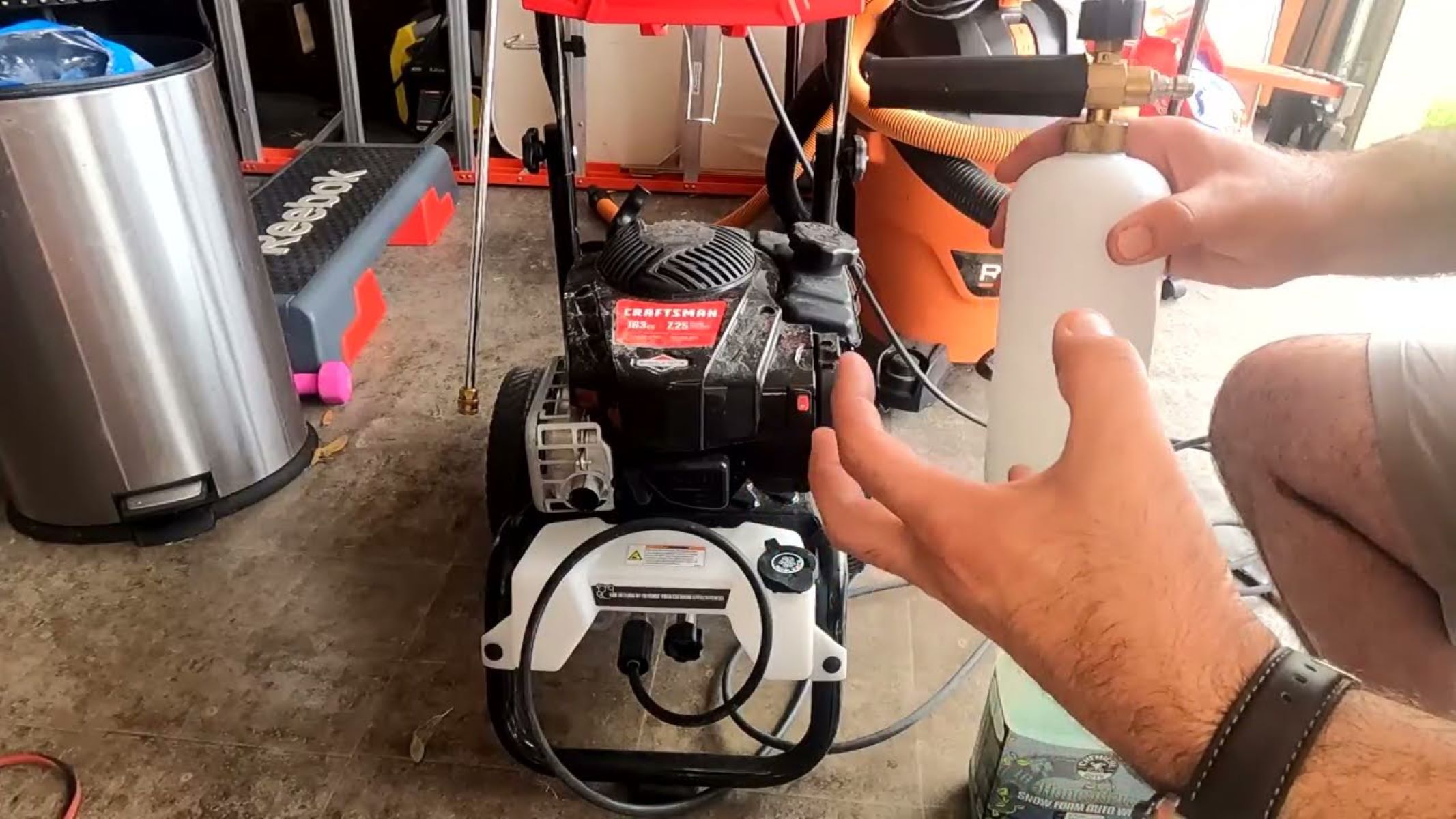
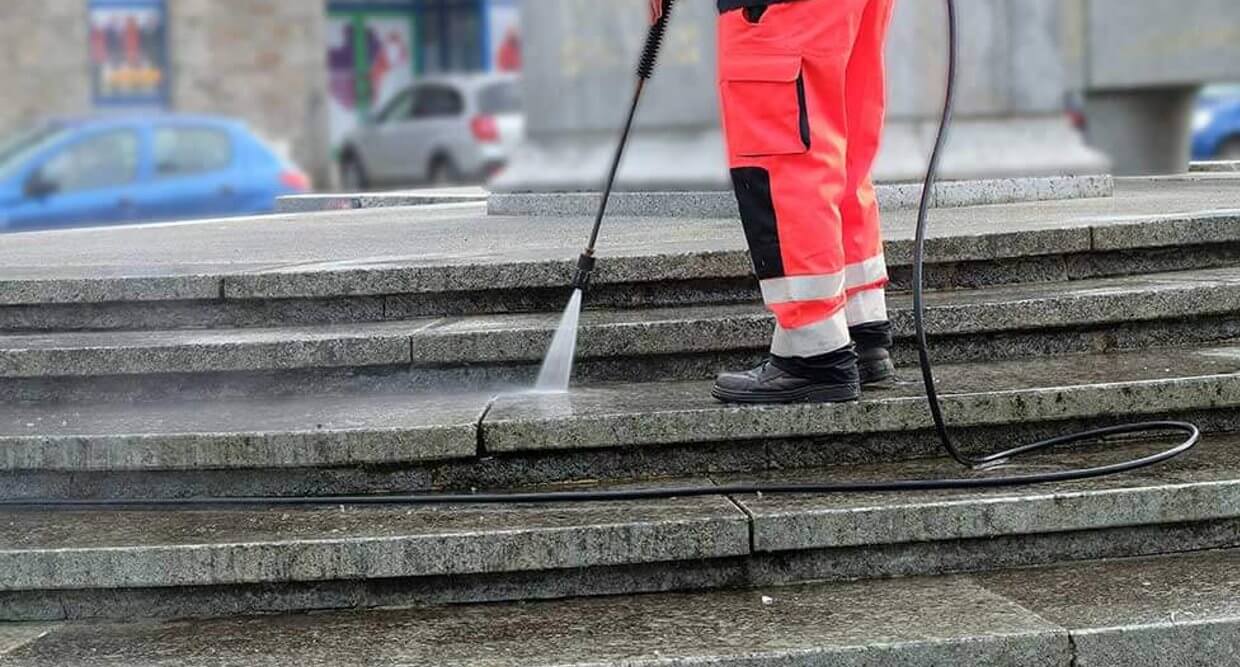
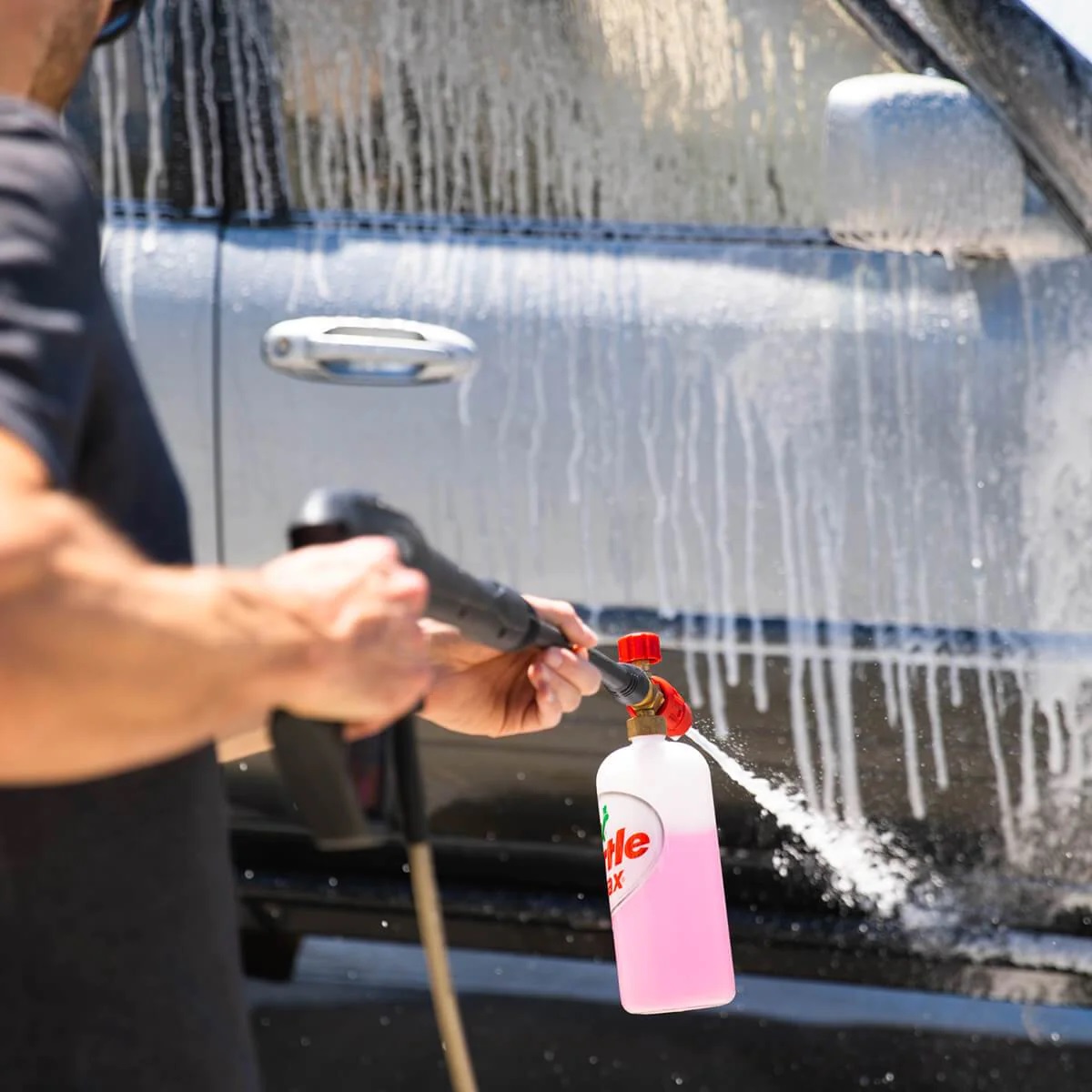

0 thoughts on “How To Use Sun Joe Pressure Washer”